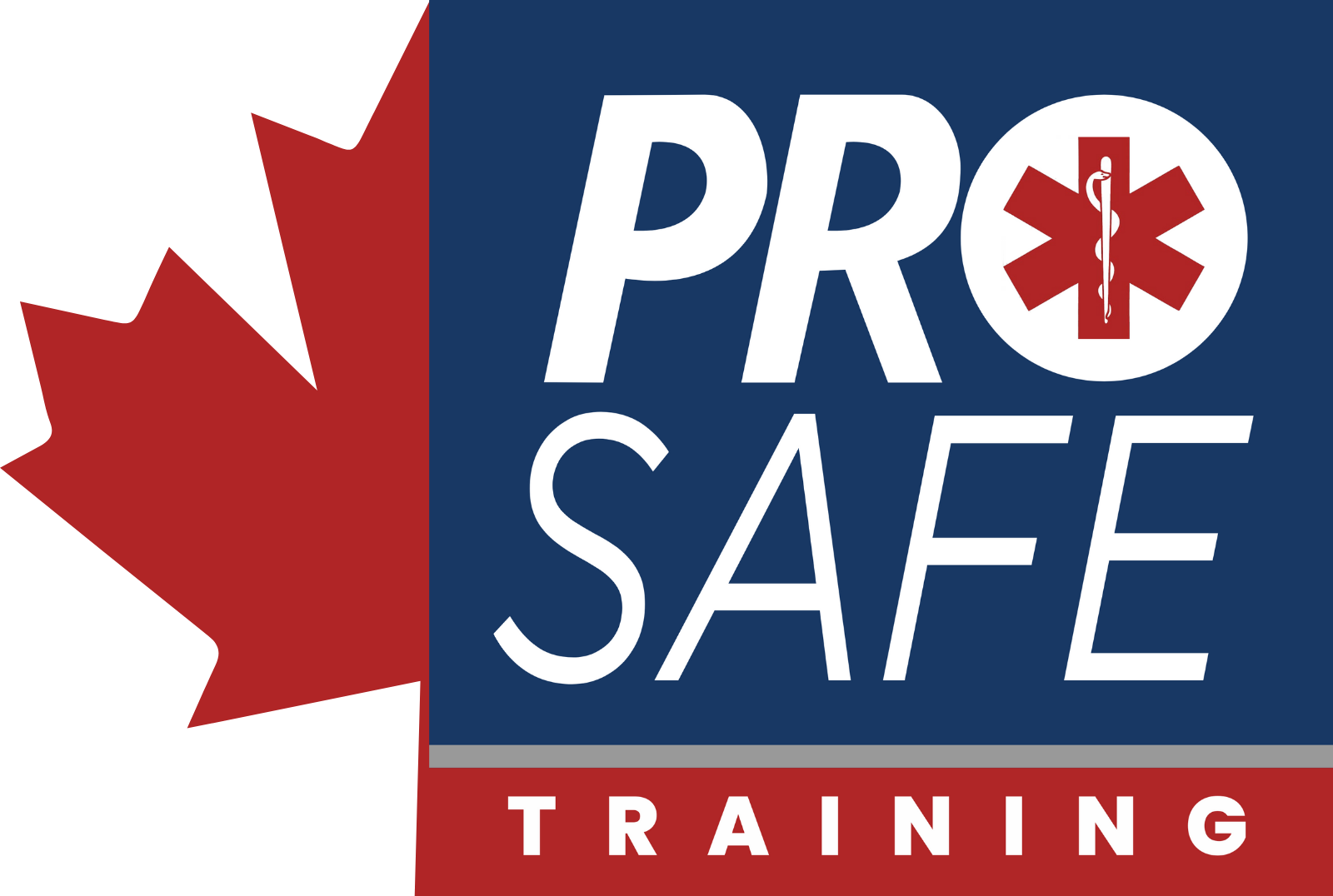ProSafe’s Food Safety Tips: The ‘Five S’s’ Of Preventing Foodborne Illness

Salmonella, Staph sickness, E. Coli, Hepatitis. These notorious bacteria are the primary culprits behind food borne illness, and are responsible for an average of 3,000 deaths per year. According to the Center for Disease Control, food poisoning strikes approximately 48 million people annually, bringing with it a painful array of symptoms including vomiting, diarrhea, cramps, and even kidney failure. This pervasiveness makes it mandatory that any Canadians working professionally with food must have their FoodSafe Level 1 certification.
As longtime providers of FoodSafe training, ProSafe is well-equipped to shed light on techniques that can be used to avoid these unpleasant bugs. Regardless of whether you are a restaurant employee or not, these steps are essential when in close proximity to food. With September being National Food Safety Awareness Month, there’s no better time to brush up on these best practices:
Separate:
The first step towards food safety begins even before any cooking occurs. Raw meat, poultry, seafood, and eggs can all spread germs around. When you are grocery shopping, ensure that these items are packed separately from the rest – small fissures in their packaging can lead to leakage and potential cross contamination. If possible, try to allocate specific cutting boards and plates for the preparation of these products, and always thoroughly clean them between uses.
Safe Temperature:
Food thermometers are the unsung heroes of the kitchen. When food is not adequately cooked, your chances of getting sick increase exponentially. Add a thermometer to your kitchen’s arsenal, and make sure you educate yourself on safe internal temperatures. Fortunately, the majority of food thermometers come packaged with easy-to-read guides that break down this information for you.
Store Smart:
Any perishable food that you prepare or purchase should be stored within your refrigerator within no more than two hours. Always be mindful that bacteria are able to multiply quickly in conditions above four degrees Celsius, and avoid thawing any frozen goods outside of the refrigerator or a bowl of cold water.
Sanitize:
Bacteria are able to thrive on surfaces where food has been prepared, but not adequately sanitized, so be sure to keep a mixture of clean, hot, soapy water handy in the kitchen. This mixture can be made more effective by adding a small tablespoon of unscented chlorinated bleach. By applying the solution to any surfaces that are in proximity to raw meat or vegetables, you will greatly reduce the chances of acquiring a food borne illness.
Soapy Hands:
Covid-19 has helped shine a light on just how important hand-washing is when it comes to preventing the spread of germs. This practice is one of the most important steps in preventing food poisoning, and anyone involved in the preparation or handling of food should be mindful to do it before, during, and after these activities. The ideal wash uses plenty of soap and water, and lasts for at least 20 seconds.
Foodborne illnesses are a genuine threat that impact the lives of thousands every single day. Knowing how to safely handle food is a vital skill that everyone should know, regardless of their profession — after all, these five S’s are not simply guidelines, but rules. Through ProSafe’s FoodSafe course, you can boost your food-smarts and gain a skill that will help your resume and keep you (and others) safe.
